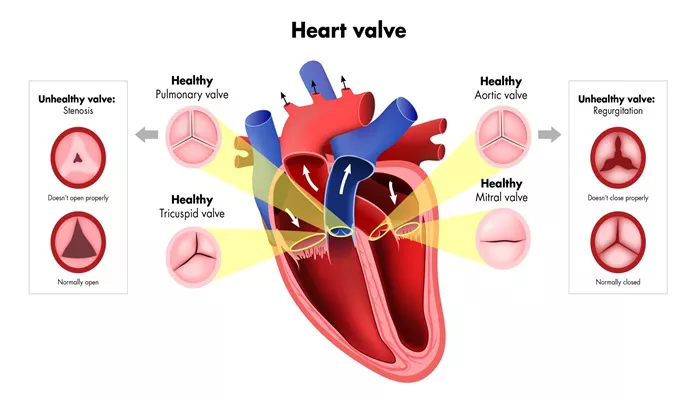A recent study conducted across more than 200 centers in Europe has revealed significant disparities in the treatment of severe native valvular heart disease (VHD) between men and women. This research highlights a concerning trend in how gender affects the management of this condition.
Despite numerous studies focusing on sex-specific differences in heart attack treatments, there has been limited data regarding heart valve diseases until now. The new findings indicate that women are less likely than men to receive treatment that aligns with European guidelines for certain types of VHD. Additionally, the reasons for this treatment gap differ between genders. Professor Julia Mascherbauer, a physician at Karl Landsteiner University of Health Sciences and the study’s corresponding author, emphasized these disparities.
The incidence of severe native valvular heart disease is rising rapidly as life expectancy increases in Europe. Although treatment options for VHD have improved significantly over recent decades, research on sex-specific variations in diagnosis and treatment has been sparse. The new study analyzed extensive data from the European Society of Cardiology (ESC) to examine these disparities based on the type of heart valve disease, the treatments administered, and the reasons for any treatment failures among male and female patients.
Key Findings
The study involved over 5,200 patients from 208 centers across Europe and North Africa. It found that aortic stenosis, characterized by narrowing of the aortic valve, was the most common condition treated in both men and women. The second most prevalent condition was mitral regurgitation, which affects the valve between the left atrium and left ventricle.
Professor Mascherbauer noted that significant differences emerged when analyzing specific interventions for treatment.
Overall, women received recommended procedures less frequently than men. This discrepancy was particularly evident in mitral valve interventions. The average age at diagnosis for female patients was 71.5 years, which is 2.5 years older than their male counterparts. Other factors contributing to the lower rates of recommended procedures included female patients’ refusal of surgery and improvements in symptoms following drug treatment. Notably, there was no difference in six-month survival rates between genders.
Collaborative Research Effort
This extensive international study involved researchers from Austria, France, Italy, the Netherlands, and Spain. It utilized data from the ESC’s 2017 Valvular Heart Disease II survey to assess compliance with treatment recommendations for severe native VHD. Professor Mascherbauer and her team focused on identifying sex-related differences in diagnosis and therapy.
“It is crucial to highlight these differences to ensure optimal treatment regardless of sex,” she concluded.
The findings underscore the need for increased awareness and tailored approaches in treating heart valve diseases to address these gender disparities effectively.
Related topics:


